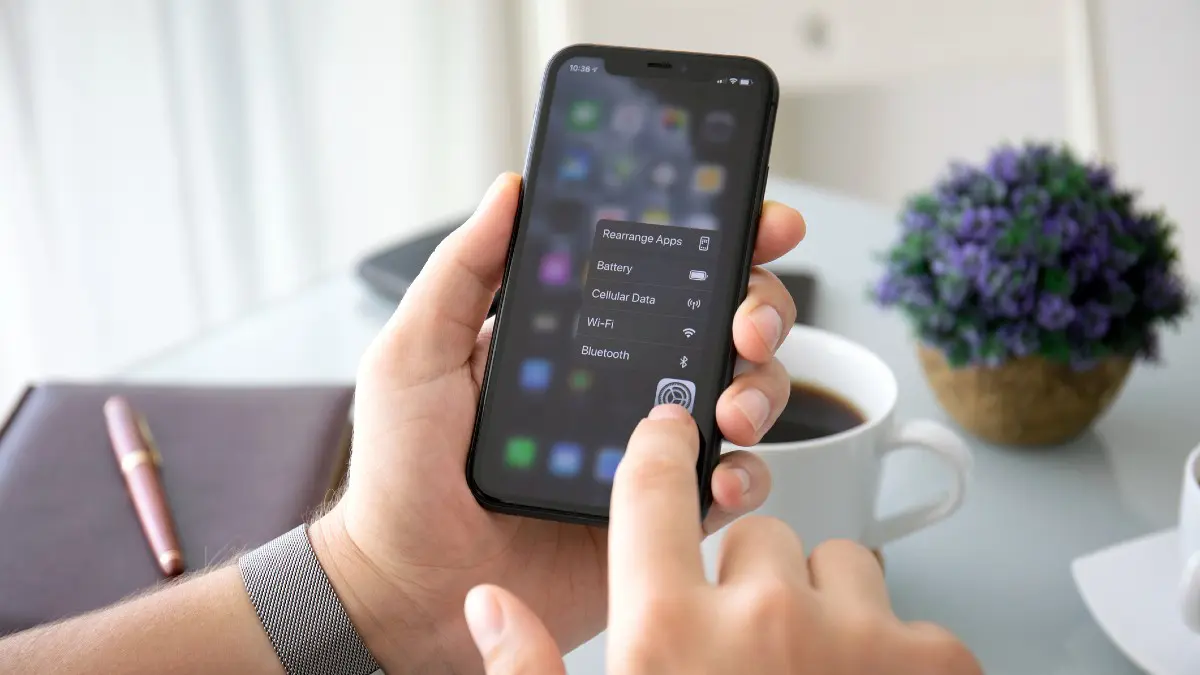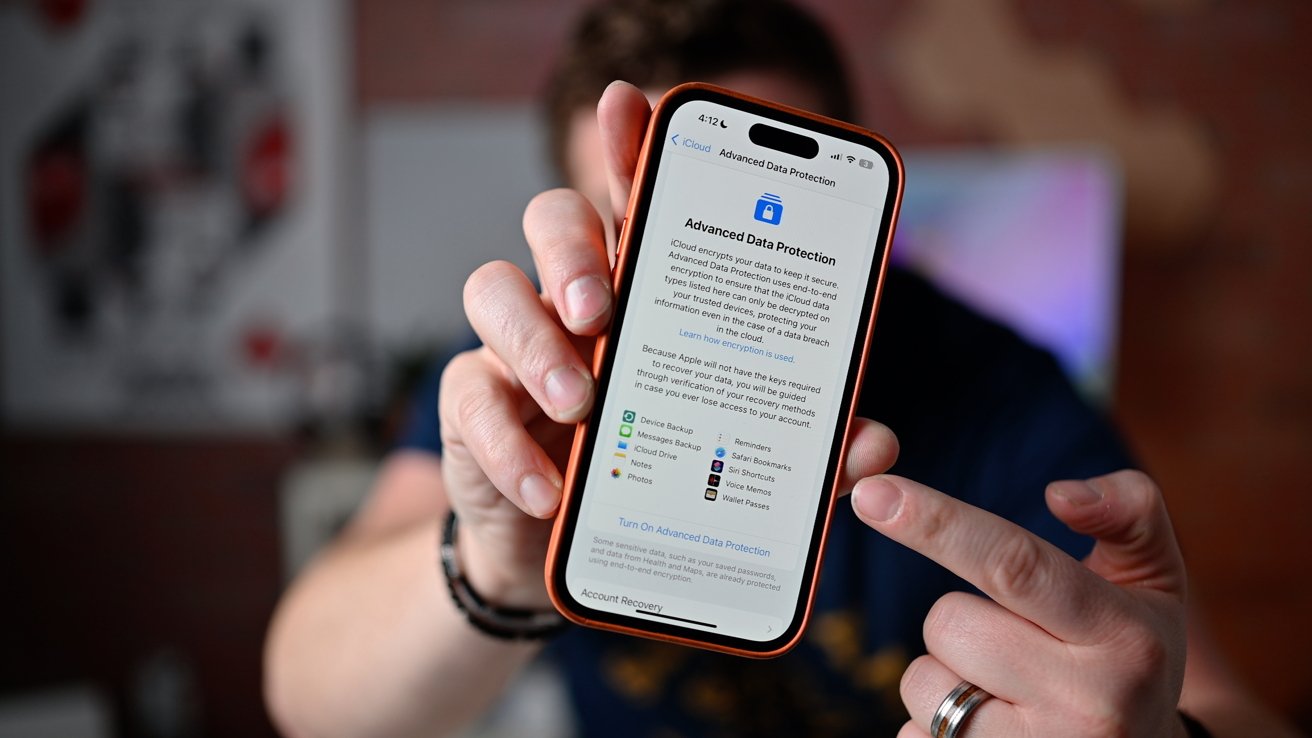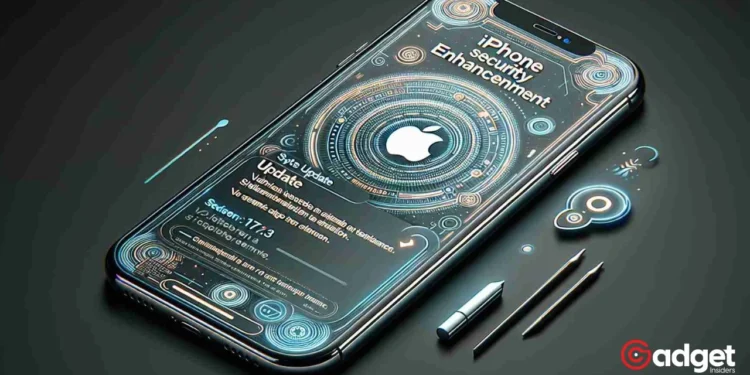In an era where digital security is paramount, the discovery of the first-ever banking trojan targeting Apple iPhone users marks a significant shift in the cyberthreat landscape. Dubbed “GoldPickaxe,” this malware variant is an adaptation of the previously Android-exclusive trojan, GoldDigger.
The emergence of GoldPickaxe underscores a crucial turning point for iPhone enthusiasts, challenging the longstanding perception of iOS as a fortress against cyber threats.

Apple iPhone: The Evolution of a Digital Predator
The cybersecurity firm Group-IB has brought the sophisticated evolution of the GoldDigger trojan into GoldPickaxe. Initially identified last October, this malware has expanded its hunting grounds from Android to include iOS devices, unsettling the global iPhone community.
GoldPickaxe distinguishes itself by harvesting facial recognition data, identity documents, and intercepted text messages, leveraging this sensitive information to perpetrate financial fraud.
This advanced threat mechanism doesn’t stop at data theft; it escalates the invasion of privacy by crafting AI-generated deepfakes. These digital doppelgängers are then deployed to infiltrate victims’ banking accounts, illustrating a chilling advancement in cybercriminal tactics.

A Geographic Focus with Global Implications
While the current activities of GoldPickaxe are concentrated in Vietnam and Thailand, the pattern observed in cybercrime suggests potential expansion. The cybercriminals’ ambition might soon extend their digital reach to English-speaking nations, including the U.S. and Canada, raising alarms about the need for heightened vigilance among iPhone users worldwide.
Breaching the Apple Fortress
The infiltration of this iOS virus sheds light on the creative tactics that fraudsters employed in order to get beyond Apple’s stringent security measures.
The attackers initially utilized Apple’s TestFlight program; but, after the program was discontinued, they modified their strategy and began employing social engineering techniques in order to install Mobile Device Management (MDM) profiles on the smartphones and tablets of their victims.
Through the use of this technique, they were able to gain unparalleled control over the infected Apple iPhones, demonstrating the adaptability and durability of modern cyber-attacks.
Group-IB’s investigation has also unearthed a new malware variant, GoldDiggerPlus, enhancing the attackers’ arsenal with real-time calling capabilities on infected devices. This development signals the continuous evolution of cyber threats and the necessity for ongoing vigilance in digital security practices.
The #GoldDigger family grows: Group-IB's TI Unit finds GoldPickaxe.iOS, the first #iOS #Trojan harvesting #FacialRecognition data for unauthorized bank access, targeting #APAC. It is linked to the GoldDigger family discovered last October. Learn more: https://t.co/pC4AAubb47 pic.twitter.com/APRROpufHb
— Group-IB Threat Intelligence (@GroupIB_TI) February 15, 2024
Fortifying Your Digital Sanctuary
In response to this emerging threat, Apple iPhone users are urged to adopt stringent security measures. Avoiding the installation of apps through TestFlight and MDM profiles is a critical first step in safeguarding against such sophisticated attacks.
Although iOS restrictions limit the availability of traditional antivirus solutions, alternative measures such as Intego Mac Internet Security X9 offer a viable means of scanning for malware via a connected Mac.
Moreover, engaging features like Lockdown Mode and Apple’s Stolen Device Protection can provide additional layers of security, mitigating the risk of digital compromise. Embracing these practices, coupled with a conscious effort to maintain cyber hygiene, can shield Apple iPhone users from the advancing wave of cybercriminal tactics.

Moving Forward
Not only does the disclosure of GoldPickaxe bring into question the notion that the Apple iPhone is immune to security flaws, but it also acts as a wake-up call to the community of digital users. In light of the fact that cyber threats are always developing, the significance of taking preventative security measures cannot be stressed.
Those who use iPhones can navigate this new landscape with confidence if they remain aware and implement stringent digital defenses. This will protect their personal and financial information from the complex techniques that cybercriminals employ.










